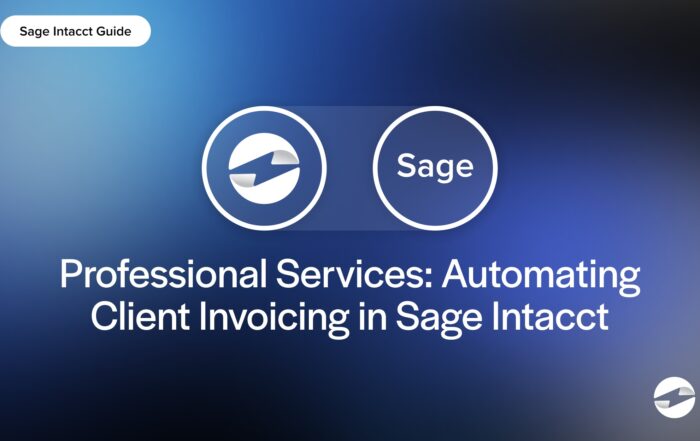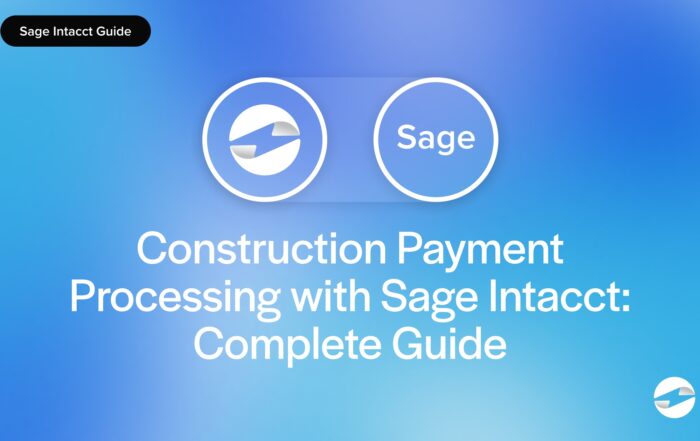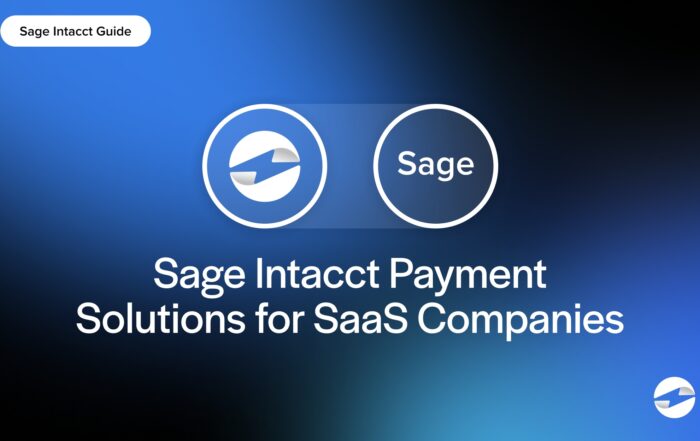What is cash on delivery (COD)?
Cash on delivery (COD) is a payment method where you pay for the goods when you receive them instead of paying in advance. This is used for eCommerce, food delivery, and retail purchases where you want to see the product before you pay.
Key Points
- Cash on delivery (COD) provides flexibility and security for customers. It allows buyers to pay only when they receive their order, allowing the party a chance to inspect the product before payment.
- Businesses must manage COD transactions carefully. While COD offers convenience to consumers, it comes with risks like non-payment or fraud for businesses.
Features of COD:
The cash on delivery payment option comes with a set of very distinctive features.
- You pay when you get the product.
- You can pay with cash or a card (depending on the delivery service).
- Used for food delivery, online shopping, and courier services.
If you order shoes online using COD, you’ll only pay the delivery person when your package arrives. If the shoes are the wrong pair, size, damaged, or creased too much for your liking, you can refuse to pay and return them on the spot.
How does cash on delivery work?
The COD process is simple and typically follows these steps:
1. Customer places an order
The customer browses an online store or food delivery app and decides to pay using Cash on delivery (COD) at checkout. This option lets them wait until the product arrives before handing over any money—perfect for people who prefer to see what they’re getting first.
2. The seller ships the order
After the order is placed, the seller packs it up and ships it, trusting that the customer will pay when it arrives. Since there’s no upfront payment, businesses offering COD take on some risk, so they usually verify details before shipping.
3. Delivery is attempted
A courier or delivery person takes the package to the customer’s address. If no one’s home, they might try again later or return it to the seller after a few failed attempts.
4. Customer pays at the door
When the package arrives, the customer hands over cash or, if supported, pays with a card or mobile payment. If something’s wrong with the order—like a damaged or incorrect item—the customer can refuse the package and send it back right away.
5. Seller receives the payment
Once the delivery person collects the money, it gets sent to the seller, completing the transaction. This usually happens through bank transfers or the courier service settling payments.
Cash on delivery example using DoorDash
Let’s say you’re craving a burger and fries, so you open the DoorDash app, scroll through all the delicious options, and place an order. When you reach the checkout screen, you notice different payment options:
- Credit/Debit Card
- Apple Pay / Google Pay
- Cash on delivery (COD)
You select cash on delivery, meaning you’ll pay the Dasher (driver) in cash when they deliver your food.
What happens next?
- You place your order → The restaurant receives it and starts preparing your food.
- A Dasher picks up your order → Once the order is finished, the driver will pick up the food and make their way to your address.
- You receive your order and pay → When the Dasher arrives, you inspect the order. If something is incorrect or you find a big bite has been taken from your burger, you can refuse the order. Lucky for us, that is not the case here. After reviewing your order, everything looks good, so you hand them cash (let’s say $20).
- The Dasher keeps the cash → But since DoorDash usually pays Dashers through the app, DoorDash deducts $20 from the Dasher’s next direct deposit to balance it out.
So, the Dasher gets to keep your cash as part of their earnings, and DoorDash adjusts the payout accordingly. This way, DoorDash doesn’t lose money, and the Dasher still gets paid properly.
Cash on delivery is a convenient payment option that allows customers to pay only when they receive their order. Whether online shopping or food ordering, COD provides an extra layer of security and flexibility for those who don’t want to pay upfront.
Businesses must manage COD transactions carefully to minimize the risk of non-payment or fraud. As digital payments rise, COD remains a good option for companies to cater to all kinds of customers.
You May Also Like
Professional Services: Automating Client Invoicing in Sage Intacct
Read More
Construction Payment Processing with Sage Intacct: Complete Guide
Read More
EBizCharge Listed as a 2025 Construction Executive Top Construction Technology Firm
Read More
Read More



